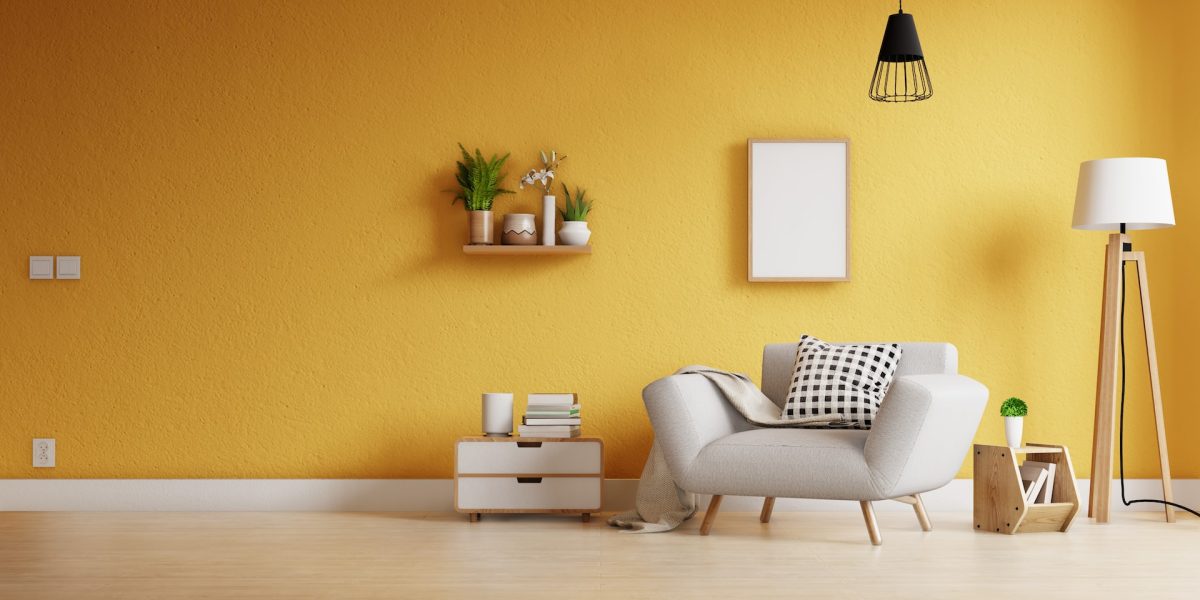Did you know the colors in your environment have a considerable impact on your state of mind? It’s true! Our brains hold associations for every color you can think of. What’s cool about that is that you can harness that associative power to trick your brain into doing what you need it to. Now let’s talk about a few ways you can use the power of color psychology in interior design.
Fight Depression
Have you ever found a specific room depressing to be in? What was it that made it feel that way? Were the walls painted blue or a color you dislike? Was the room messy or poorly lit? All of these things can impact the way you receive a room. Painting a room with a bright color that you like can be a great first step to preventing this. Of course, it also helps to ensure the lights are bright, the window is uncovered, and the room is clean – but those steps may be for another day.
The color blue has been found to encourage sadness and depression in many people. While this may not be universal, it is a pattern. On the other hand, colors like yellow, orange, and green have the opposite effect. Yellow and orange are bright, energizing colors. Green is a calm, natural color. Depending on what you’re after, any of these may be better alternatives .
Keep Motivated
Want to make getting to work in your home gym a bit easier? Paint the walls! Nothing is less motivating than going to work out in a white-walled home gym. White is such a boring, blank, unmotivating color. Instead, use the aforementioned yellow or orange to energize yourself!
In the wrong setting, orange – or even red – walls could cause anxiety or irritation. However, according to color psychology, these are the perfect color for ramping up energy in your brain and body alike. Something about the heat in these colors just screams, “Go! Go! Go! You can do this!!”
Remain Productive
Trying to keep your mind focused while working? You guessed it: there’s a color for that too. Keeping productive is easier to do with yellow or purple walls. Specifically, a lilac color would be ideal. This pinky purple color feels active, but calm, allowing you to hone in on your work with laser focus. However, if it’s not for you, a rich yellow might do the trick. Just be careful not to go to far in the orange direction, or your yellow might activate the anxious parts of your brain and leave you stressed and overthinking things.
Calm Your Nerves
Want your custom living room to provide you with relaxation in the evening? Or are you looking to calm down before bed? Color psychology say calming colors are the ones found most often in the natural world: green and brown. These colors feel cozy and earthy – like you’re one with nature. Our brains feel most at home with them, as they’re colors we can ignore. They don’t jump out at us like bright oranges or purples do. So, curl up under a blanket and let your gentle, brown walls soothe you to sleep.









